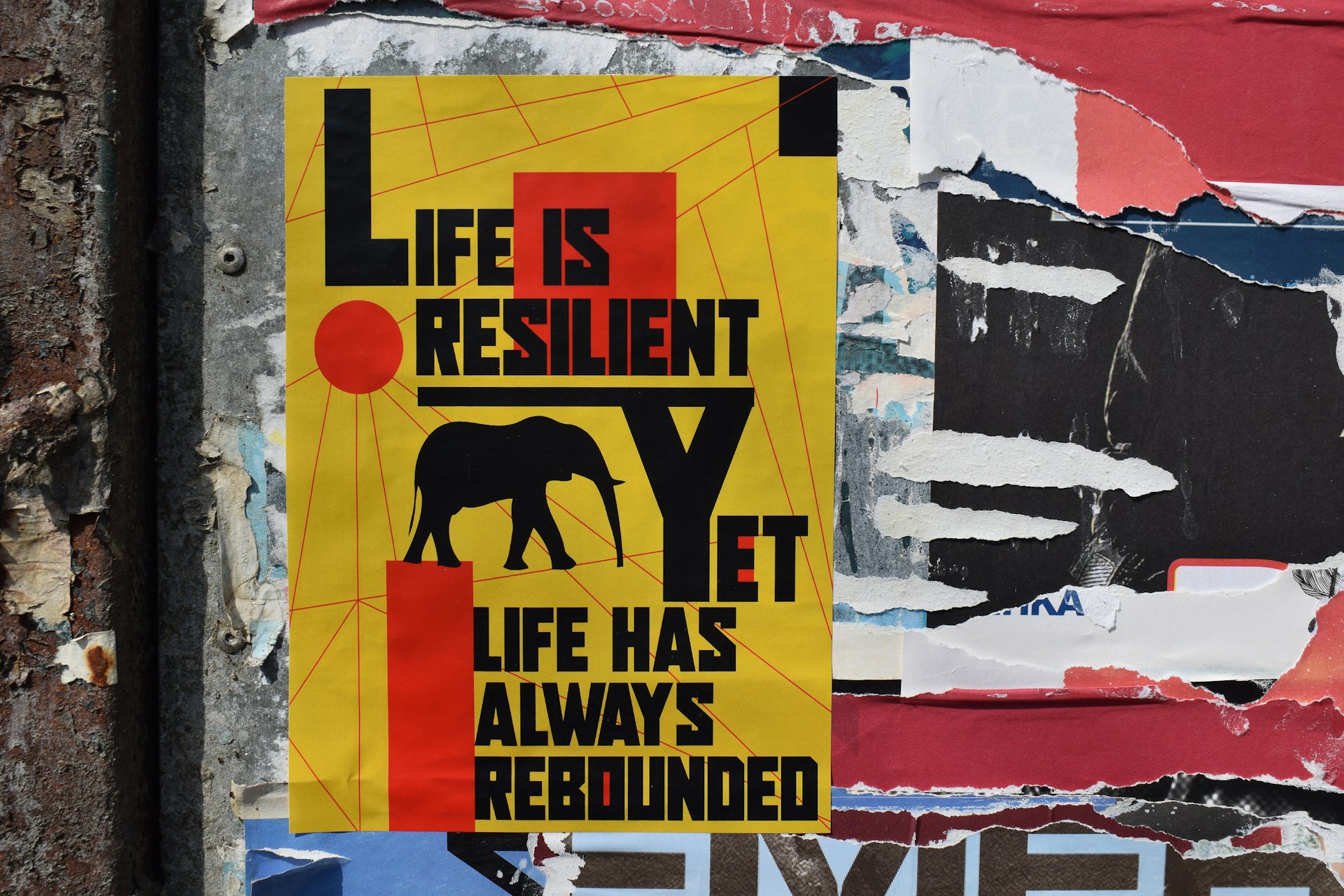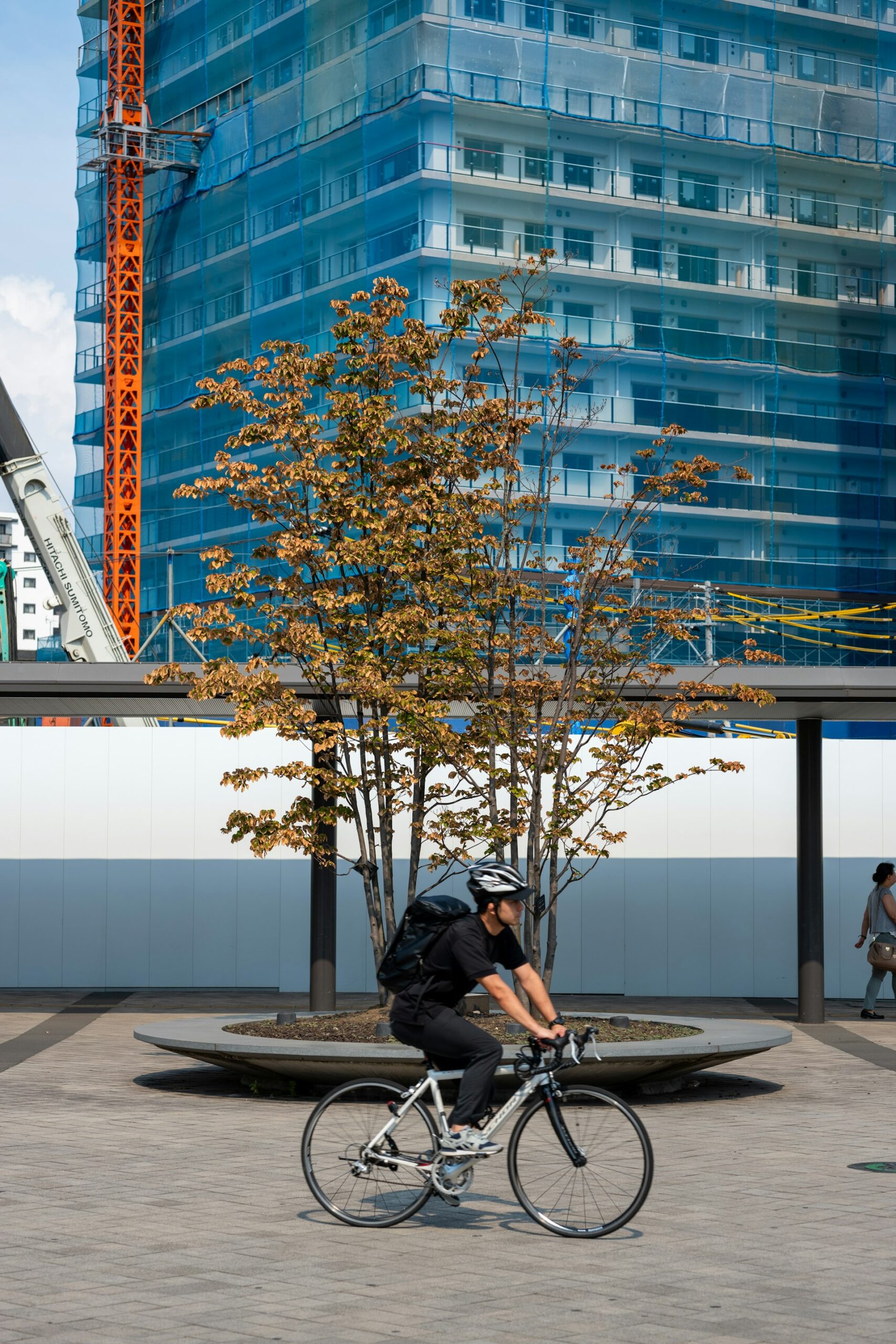DIY Sustainable Home Projects: Transform Your Space for Greener Living

Photo by Zendure Power Station on Unsplash
Introduction to DIY Sustainable Home Projects
Making your home more environmentally friendly doesn’t require a complete overhaul or expensive upgrades. Simple, actionable DIY sustainable home projects can dramatically improve your household’s ecological footprint while saving money and adding unique charm to your living space. From water conservation to waste reduction and energy efficiency, there are countless ways to participate in greener living with hands-on activities. This guide provides detailed, practical steps and alternative approaches for a variety of projects, ensuring accessibility no matter your experience level or budget.
Water Conservation: Building a Recycled Rain Barrel
Capturing rainwater is an effective way to reduce water waste, especially during the gardening season. A recycled rain barrel collects runoff from your roof, which can be used to water plants or clean outdoor spaces. To build your own:
- Source a large, food-grade barrel-look for used containers at local hardware stores or online marketplaces.
- Clean thoroughly and drill a hole near the bottom for a spigot, adding a screen at the top to keep debris out.
- Place the barrel under a downspout, ensuring it’s stable and elevated for easy water access.
- Consider adding a decorative cover from reclaimed wood to blend with your landscape.
This project can save hundreds of gallons of water annually and is ideal for weekend DIYers. Always check local regulations regarding rainwater harvesting, as rules may vary by region. For more information, you can search for local government or cooperative extension resources on rainwater collection [1] .
Composting: Creating a Simple, Effective Bin
Composting transforms kitchen scraps and yard waste into nutrient-rich soil, reducing landfill contributions and benefiting your garden. To build a basic compost bin:
- Use wood pallets, chicken wire, or repurposed lumber to construct a 3-sided enclosure.
- Ensure adequate ventilation by leaving gaps or using wire mesh.
- Place the bin in a shaded, well-drained spot and alternate layers of green (food scraps) and brown (leaves, cardboard) materials.
Turn the pile regularly to speed up decomposition. If you’re new to composting, many community gardens and cooperative extensions offer guides and starter kits. Composting reduces methane emissions and provides free fertilizer for home gardens [1] .
Energy Efficiency Upgrades: Simple Steps for Immediate Impact
Improving your home’s energy efficiency not only lowers utility bills but also reduces your household’s carbon footprint. Some impactful DIY upgrades include:
- Installing LED lighting : Replace old bulbs with LEDs, which use at least 75% less energy and last up to 25 times longer than traditional incandescent bulbs.
- Upgrading to programmable thermostats : Set heating and cooling schedules to avoid unnecessary energy use when you’re away.
- Sealing windows and doors : Use weatherstripping and caulk to prevent drafts, which account for 25-30% of residential heating and cooling energy loss [2] .
- Adding insulation : Focus on attics and crawl spaces to reduce heat transfer and maintain indoor comfort.
For those ready to invest more, consider researching solar panel options or switching to renewable energy sources if offered by your utility provider. These improvements may pay for themselves over time through energy savings [2] . To find rebates or incentives, search for your state’s official energy office or visit the U.S. Department of Energy website for verified programs.

Photo by zhimoe on Unsplash
Zero Waste Swaps: Reusable and Upcycled Household Items
Single-use items generate significant waste. Replacing them with reusable, homemade alternatives is a practical way to cut down on landfill contributions:
- Reusable produce bags : Sew or knot produce bags from old t-shirts or fabric scraps-these can replace plastic bags at the grocery store. Tutorials are widely available on reputable blogs and eco-friendly websites [5] .
- Cloth ‘paper towels’ : Cut worn-out towels or t-shirts into squares. Hem the edges if you sew, or use pinking shears to prevent fraying. Store in a kitchen drawer and launder as needed.
- DIY natural dish scrubbers : Make compostable scrubbers from jute or other natural fibers. These are long-lasting and fully biodegradable when they wear out [3] .
For more upcycling inspiration, consider turning cereal boxes into art, making fabric wall hangings from scraps, or crafting biodegradable confetti from leaves. These projects not only minimize waste but also let you personalize your home decor [3] .
Repurposed Furniture and Decor: Creativity Meets Sustainability
Repurposing old materials into new furniture or decor prevents waste while adding character to your home. Some ideas include:
- Desks or benches from reclaimed wood : Salvage lumber from pallets or old furniture to build sturdy pieces for indoor or outdoor use.
- Planters from aluminum cans : Clean and paint large cans to create rustic containers for herbs or flowers. This project is quick, affordable, and reduces metal waste [4] .
- Towel racks from old pipes : Connect used pipes in creative configurations for unique, industrial-style bathroom or kitchen storage solutions.
When selecting materials, prioritize safety-avoid treated wood for garden projects and ensure all items are thoroughly cleaned. For more ideas, check local reuse centers or browse community forums for free or low-cost materials.
Growing Food at Home: Starting a Kitchen Scrap Garden
Growing your own food supports sustainability by reducing packaging, transportation emissions, and food waste. Even small spaces can support a productive garden:
- Regrow vegetables from scraps : Place the roots of green onions, lettuce, or celery in water until they sprout, then transfer to soil.
- Start a herb garden : Use containers or window boxes to grow herbs from seeds or cuttings.
- Build raised beds from salvaged materials : Use leftover lumber or bricks to create raised planting areas in yards or patios [1] .
Gardening not only reduces your grocery bill but also encourages healthier eating and supports local biodiversity. For best results, consult guides from university cooperative extensions or community garden organizations.
Overcoming Common Challenges
While sustainable DIY projects offer many benefits, you may encounter obstacles such as limited space, lack of tools, or uncertainty about materials. Solutions include:
- Joining community maker spaces for tool access and skill-building workshops.
- Connecting with local swap groups to acquire free or low-cost supplies.
- Searching for video tutorials from credible organizations to gain step-by-step guidance.
Always verify safety information before starting projects, especially if working with reclaimed materials or unfamiliar tools. If you cannot find a verified link for a specific project, search for terms such as “DIY rain barrel tutorial” or “how to build a compost bin” on major search engines or video platforms. Many extension services and environmental organizations provide free, reliable resources.
Getting Started and Expanding Your Impact
To begin your journey:
- Assess your home’s current energy and waste practices.
- Select one or two manageable projects from this guide.
- Gather supplies, prioritizing reused or recycled materials.
- Document your progress and consider sharing results with friends, neighbors, or online communities to inspire others.
As you gain confidence, tackle more advanced projects such as solar panel installation, greywater systems, or large-scale composting. Always look for local programs, workshops, or incentives offered by government agencies or environmental nonprofits for additional support.
References
- [1] Kauffman Foundation (2025). Five DIY Projects for a Sustainable Summer.
- [2] CORT Furniture Outlet (2024). DIY Home Projects to Help Reduce Waste and Participate in Sustainable Living.
- [3] Paper & Stitch Blog (2024). 14 Eco Friendly Project Ideas to Help Reduce Your Waste.
- [4] Ocean State Job Lot (2024). Eco-Friendly Home Improvement Ideas.
- [5] Greenify Me (2022). 20 Easy Zero Waste DIY Ideas + Projects.



